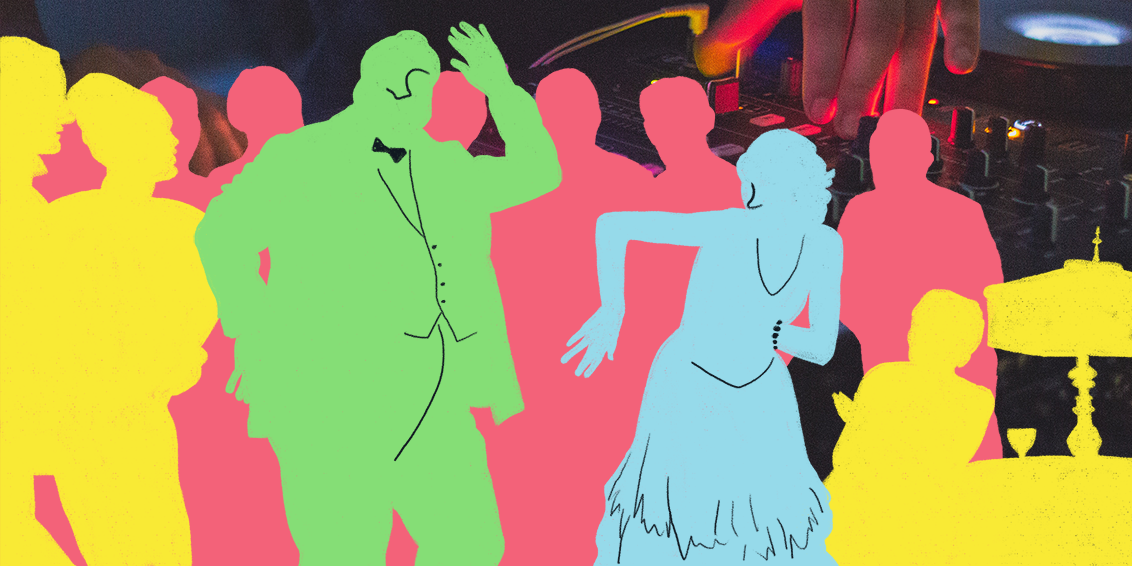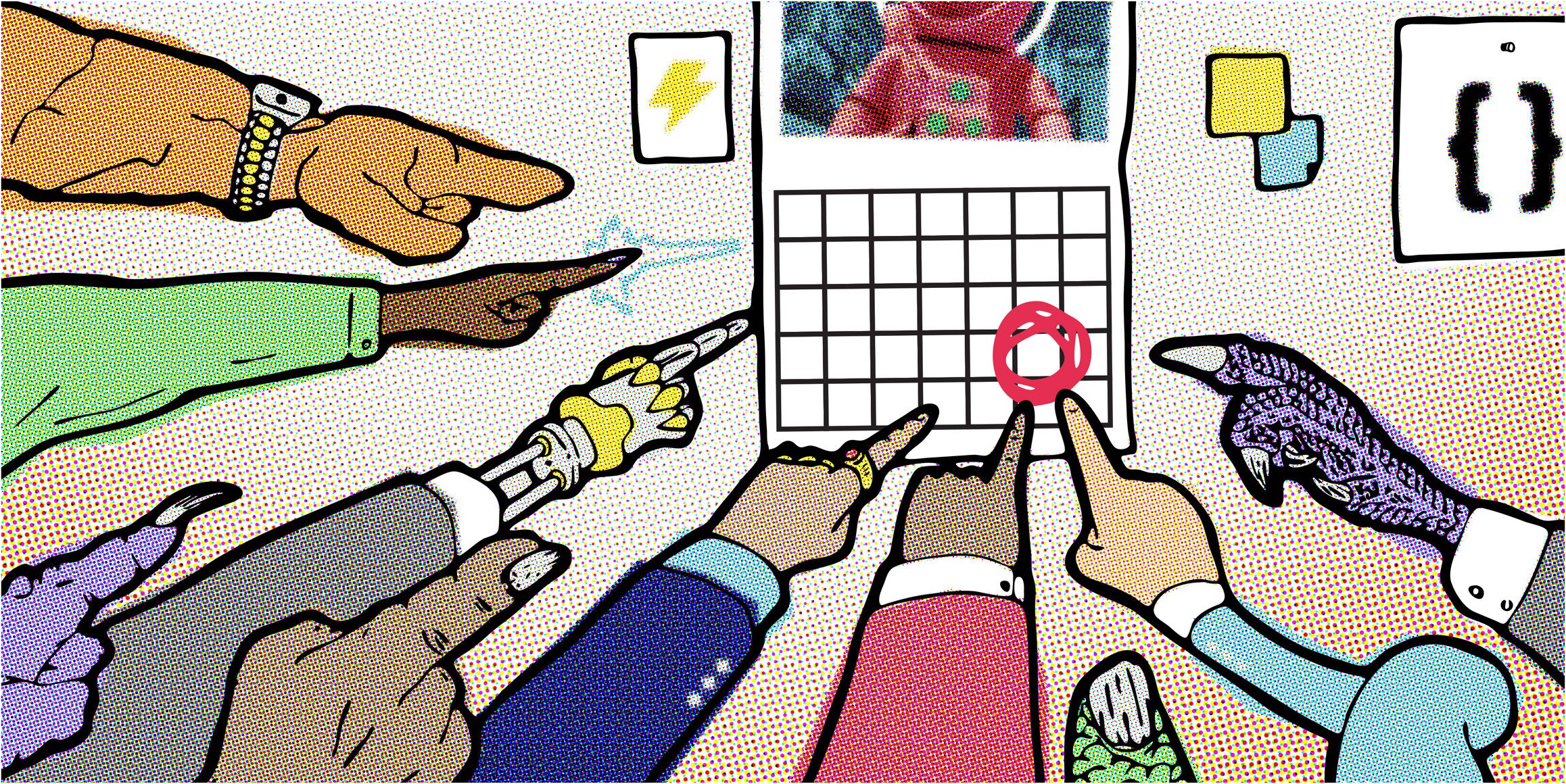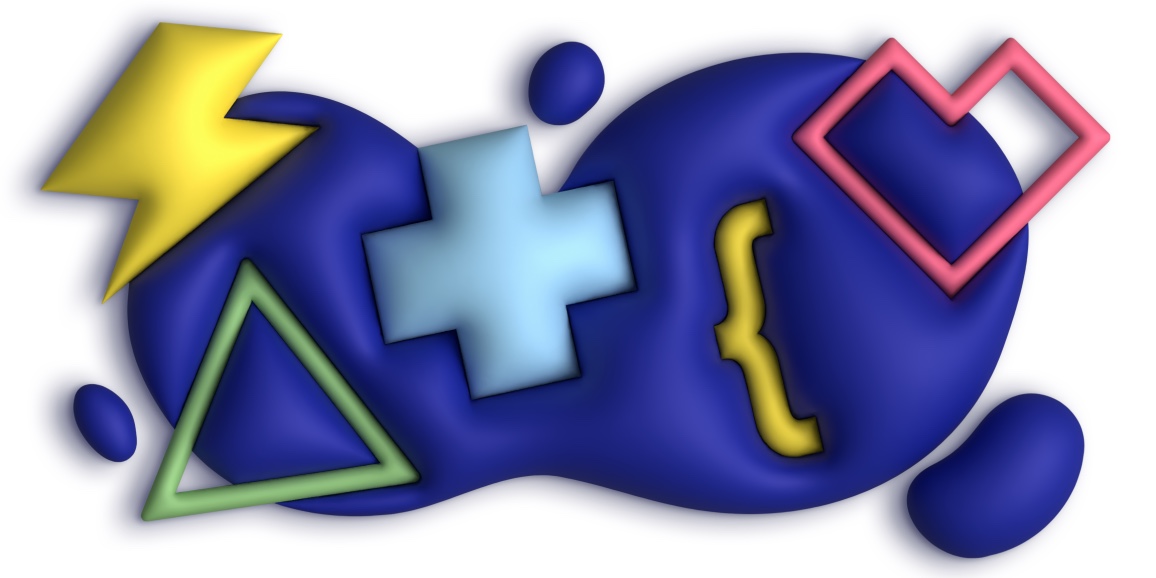Most brands looking for insights into what to expect in the New Year relish the idea of a return to normal. But what "normal" will look like is anybody’s guess. From expanded interest in home gaming to the mainstreaming of virtual experiences, shifts in consumer behavior spurred by the pandemic of 2020 should be viewed with an accompanying asterisk.
Has the pandemic forever transformed how we live, work, and seek entertainment? Or will familiar patterns enjoy a lasting resurgence as they again become available?
While financial instability remains an ongoing concern as the post-pandemic economy recovers, there are reasons to be cautiously optimistic. On one hand, we could be at the cusp of an exuberant, cathartic response to a return to normalcy. Consumers that left your products behind due to circumstance may soon return as people eagerly return to familiar spending habits.
As the economy potentially oversteers into a period of abundance, there’s going to be a lot of noise as brands compete for the public’s attention. The question is how to ensure your brand stands out in a crowded market.
The post-pandemic market may support your sales goals in 2021
Hedge fund manager Paul Tudor Jones looks at the post-pandemic marketplace and sees a coming economic boom. Citing pent-up demand, Jones sees young consumers as especially eager to get back to seeing their friends, dining at restaurants, and going on vacation.
If your brand depends on retail sales, you have reason to be similarly optimistic.
More disposable income leads to more purchases
Although many consumers felt a significant economic impact from the pandemic, those who were able to retain their level of employment held onto their earnings. According to U.S. figures, the average consumer typically saves just under 10% of their income. At the peak of the pandemic in spring of 2020, consumers saved at a rate of 30%.
While that trend has leveled off, people who are in the position to save money continue to do so at an above average rate. As a result, economic forecasters feel cautiously optimistic seeing a population of customers with money to spend.
Consumers want to celebrate a sense of normalcy
For many of your customers, the pandemic has been a large-scale exercise in restraint. People lost the ability to attend concerts, movies, and dinner outings amid a critical need to stay home and stay safe.
With a welcome return to discretionary spending, consumers will be looking to spoil themselves with everything from trips to the amusement parks to new cars. Just as the pandemic of 1918 led to the Roaring 20s with drinking and dance, the next years of this decade could see similar levels of release.
However, depending on your industry, your long-term brand strategy should also prepare for the other side of that coin. As concerns about travel and social distancing fade, your once-booming business that attracted consumers forced to stay home may be impacted.
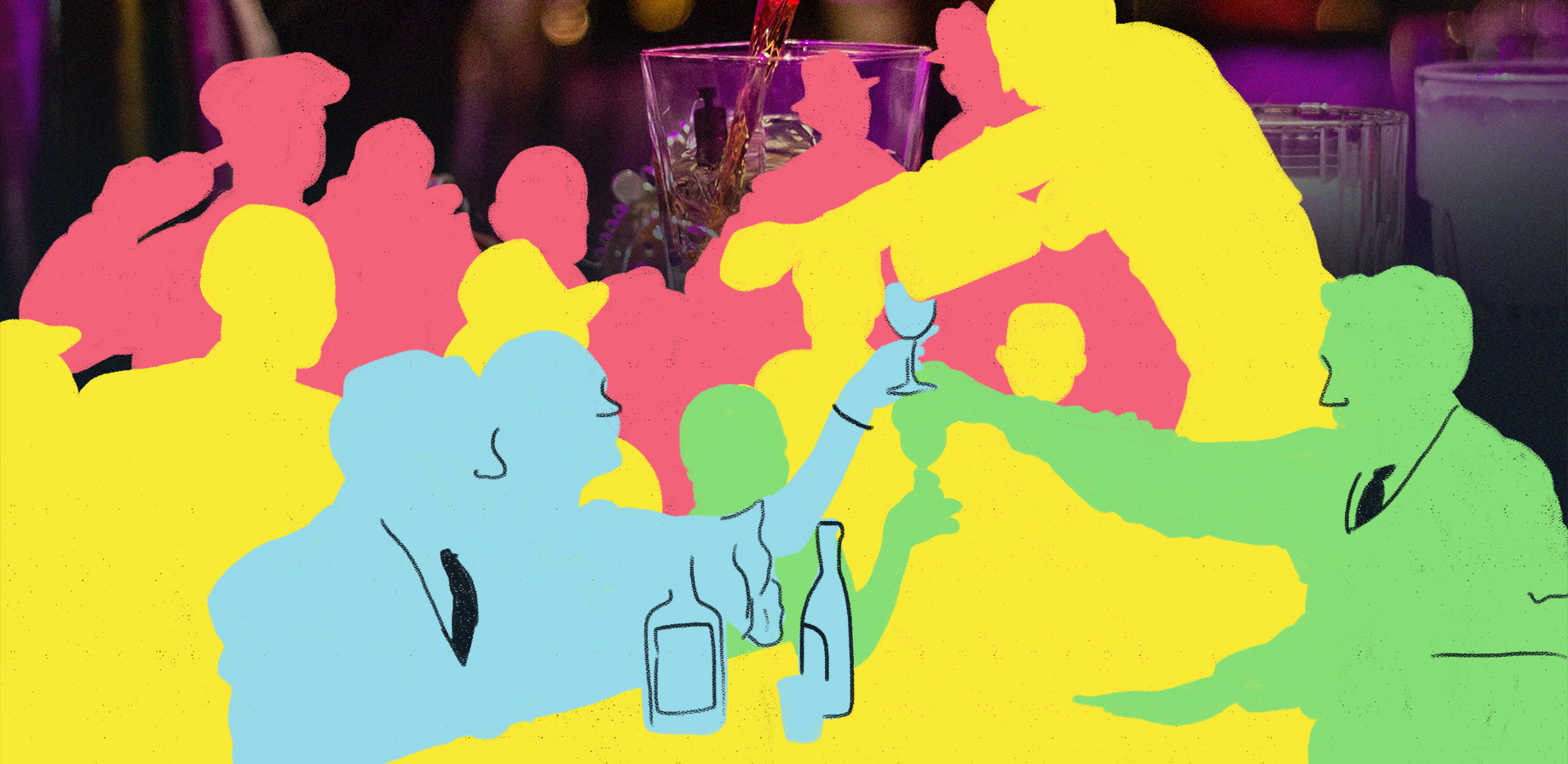
Brands face a challenging post-pandemic marketplace
Whether the cautiously optimistic forecasts for economic recovery hold true or not, you still have work to do as a marketer.
Your customers may be sitting on socked-away capital and feeling a celebratory willingness to spend it. But you still need to stand out to ensure their purchases go your way. Even if the pandemic introduced factors that favored your product, you face an uphill battle to retain the status quo.
Your primary concern is to ensure your brand continues to deliver a strong experience to better navigate a world that has undergone transformative changes. Customers habits may shift in the near term, but they will come back to quality.
Your customers seek a departure from remote experiences
The pandemic upended all manner of sales trends, which allowed some brands to seize tremendous opportunities for growth. As working from home became the norm, previously unknown products like Zoom experienced a boom as their product became a communication necessity. But as the vaccine rolls out, we may see that video conferencing has already reached a potentially unsustainable peak.
For all the superficial conveniences a work-from-home life provided, many of us are, needless to say, ready for a change.
No one could be blamed for feeling they have experienced enough Zoom calls to last a lifetime. Ultimately, consumers miss their work routine, which could lead to more in-person meetings or even phone calls. Confined to a home office, some people who work from home opt for ‘fake commutes’ in their car to listen to podcasts and have alone time.
Live-streaming apps like Twitch could dip in popularity, along with social simulation games like Animal Crossing, which became a pop culture phenomenon. Remote hang-out platforms like Discord may also experience a downturn as in-person experiences again become a possibility.
Roblox, a platform for user-generated games, experienced a 91% gain in revenue in 2020 as its use skyrocketed. As post-COVID entertainment options become available, the games may struggle to compete at the same level.
At-home comforts have reached a saturation point
From sweatpants to office furniture, customer habits shifted toward spending money to enhancing their work-from-home setup in 2020. Similarly, home entertainment products experienced a boost as well.
Customers flocked to gaming consoles like the Nintendo Switch during the pandemic, and companies may face concerns that these sales boosts were one-time experiences. Already giants in streaming entertainment, Netflix grew all the more essential in 2020. Are their viewership numbers sustainable in the years ahead?
Dining in restaurants, hosting in-person gaming parties, and social experiences we once took for granted will soon see an immediate boost. The changes will come at the expense of the norms the pandemic established, but they won’t necessarily last forever.
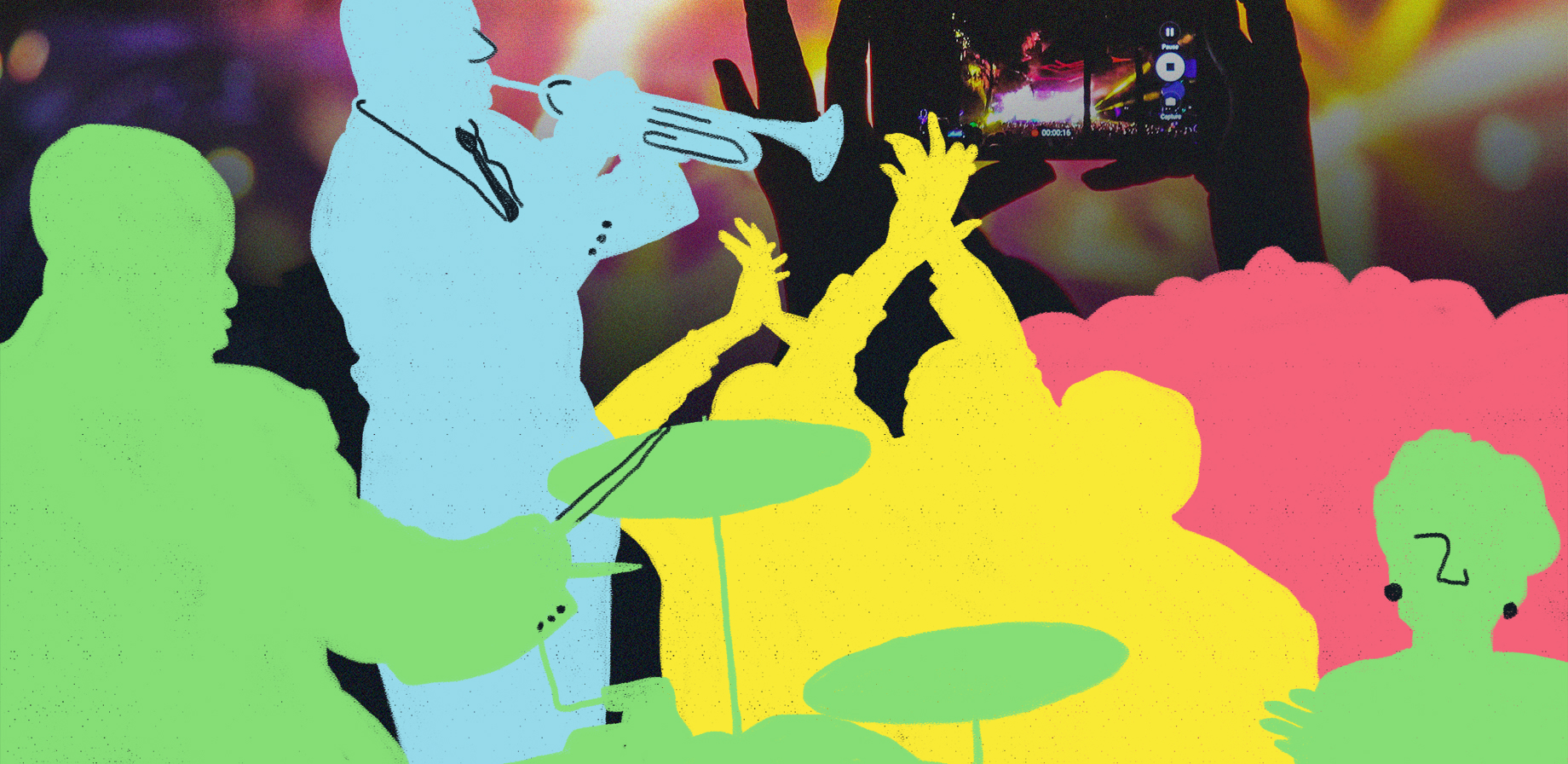
Anticipate changes for 2021 – just like any other year
As movie theaters and live concerts return, consumers will likely rush toward familiar experiences that had become impossible. But the shift won’t likely last forever – and clearly, Nintendo and Netflix both have stable user bases. Consumer patterns will change as the pandemic ends. But the market is constantly changing.
If your product provides a high-quality experience, customers that shift toward other post-pandemic pursuits will eventually return. Your goal is to ensure the cultural changes that lie ahead for your brand are a detour, not a departure.
